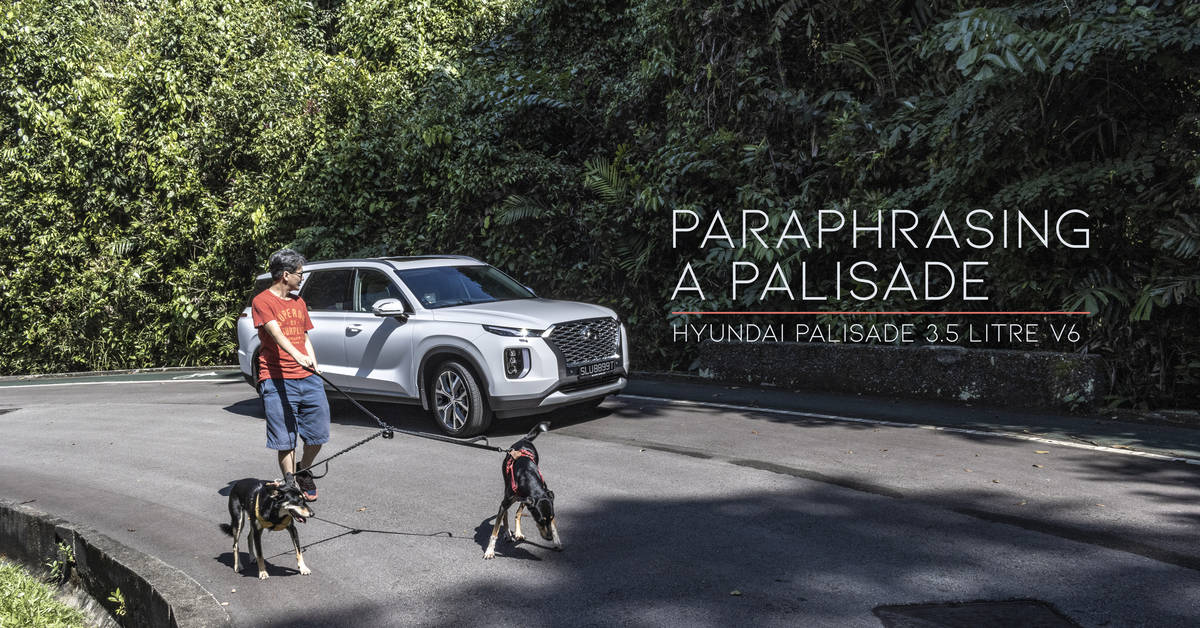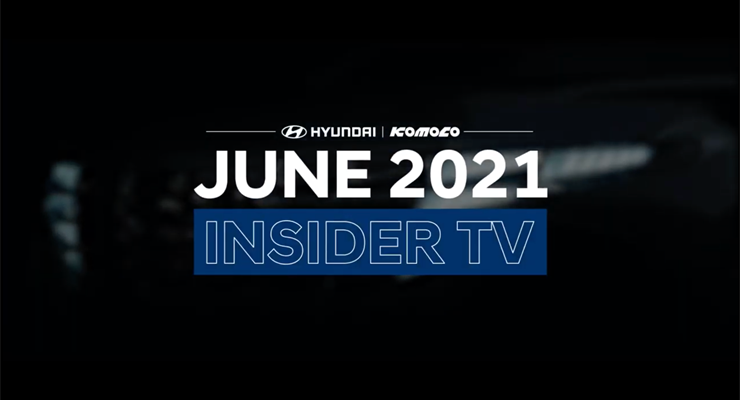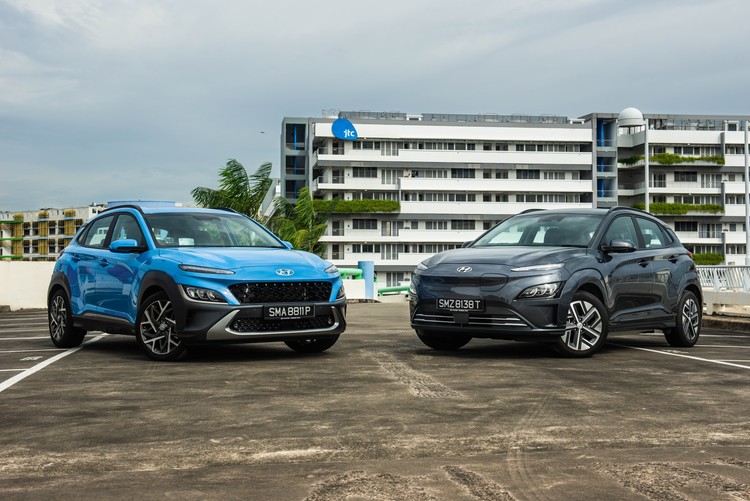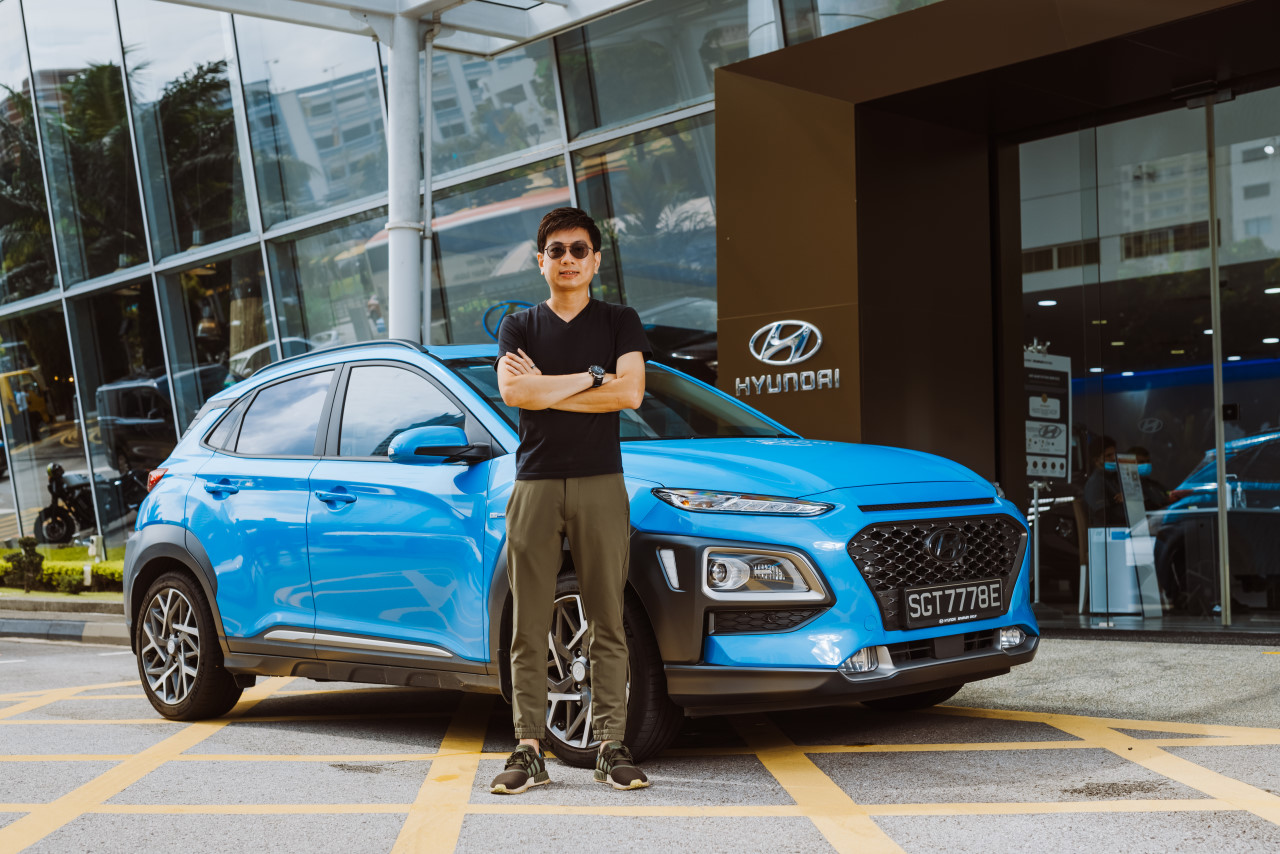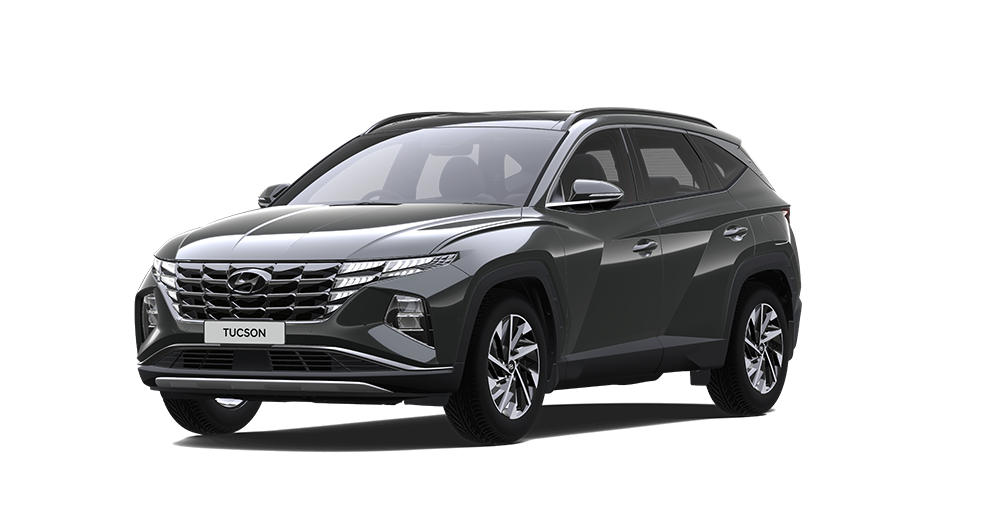Rolling the middle row seats forward to gain access to the third, is easy enough for a pre-teen to handle, and your “Mini Mes” can grow with the car, even in the third row without compromise in legroom.
People movers have often been the backbone transport for larger families, and most major car makers have at least one waiting for you in their showroom. In recent years, SUVs have increasingly become an attractive alternative to the ubiquitous MPV, and families are now willing to shell out precious extra dollars for a vehicle that shouts "adventure (but in the city)".
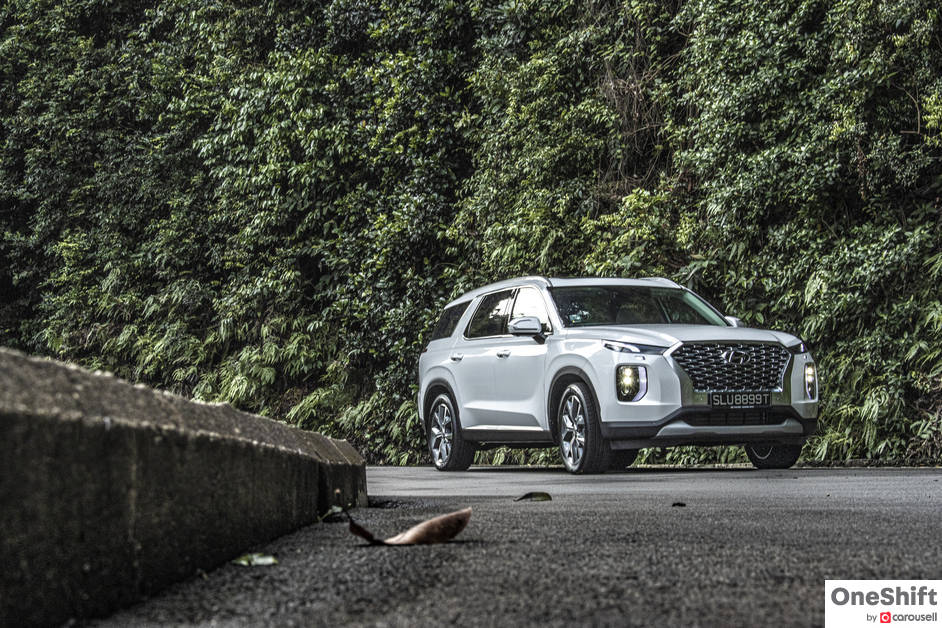
Hyundai has fielded their largest SUV yet over here, and it truly is a bag of mixed tricks. For years, we have seen different generations of the SantaFe, their previous largest SUV here, which was more of a 5 and occasional +2 seater. If you were to yearn for something bigger, you would need to turn to an MPV, which in most cases, the Japanese manufacturers have been at the top of their game here. Hyundai’s approach here on the other hand, was to field an even larger SUV.

With the Hyundai Palisade, it is clear that the Korean automotive marque developed their vehicle with the North American market in-mind. A midsized SUV, it is on the larger side on our roads.
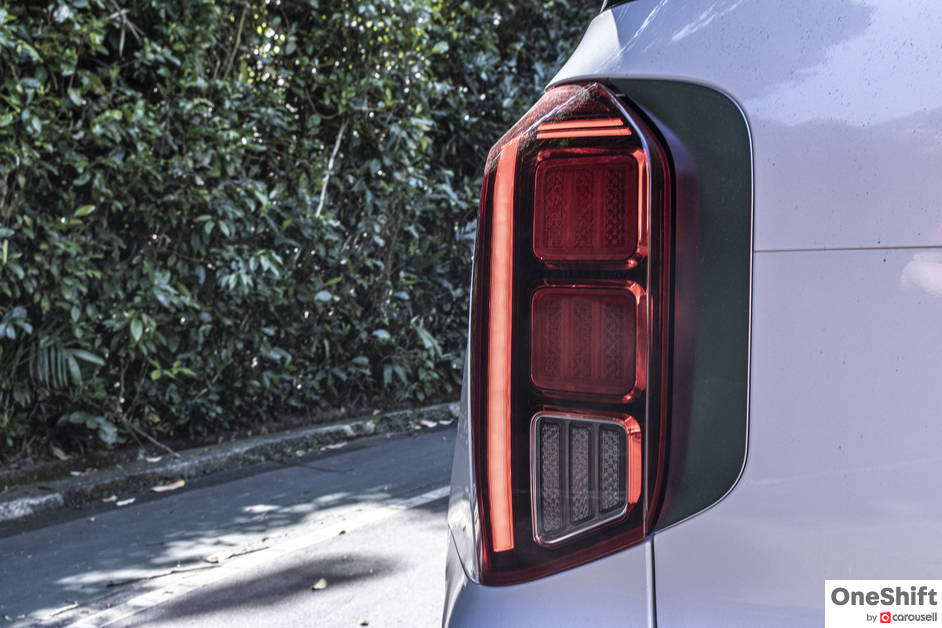
Hyundai’s new extended family-sized SUV is quite a mixed bag. Built with premium fit and finish, but with everyman-relatable building materials. Its imposing front end flexes a very unique DRL arrangement, which is one of my favourite design features of the car. With its super-sized three-dimensional grille, the front to me resembles the face of a wombat… but with cool DRLs.
Overall the Palisade’s styling, penned by a guy who once designed Lamborghinis, is balanced, inoffensive and pleasing to the eye.
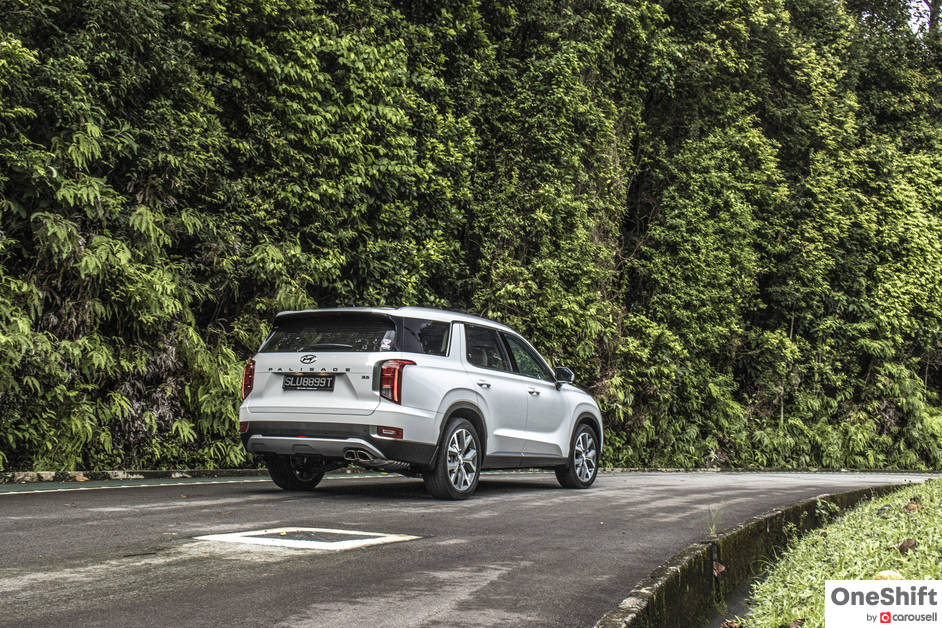
Inside
You would notice quite instantly the generous use of plastic across the dashboard, in many forms and textures too... quite similar to the many ways ‘Impossible Meats’ are presented to you. There is a large 10.25” touchscreen for the infotainment, which is a breeze to use. I appreciate that Hyundai had also kept navigation simple, by having a row of hard buttons just below the air-conditioning vents. The infotainment system supports both Apple and Android devices, and occupants will appreciate that the Palisade’s interior has USB A ports thoughtfully scattered around the cabin.

The ‘Driver Talk’ feature, consisting of a mic up front for transmitting your voice to the rear-most speakers is a welcome feature for the large interior. So if you are the chatty sort like me, your kids will not have a day without your constant advise on life.
Up to two bluetooth devices can be connected to the car’s infotainment system, just in-case your kids want you to give up your Neil Diamond playlist, in favour of their Lena Zavaroni mixtape.

Hyundai has opted for a shift-by-wire system button gearshift for the Palisade, freeing up a little bit of space on the dash, and also allowing for a large compartment complete with a wireless mobile device charger, and heaps-more space for family essentials. Both front occupants also benefit from ventilated seats - a very important feature, especially in our tropical climate.
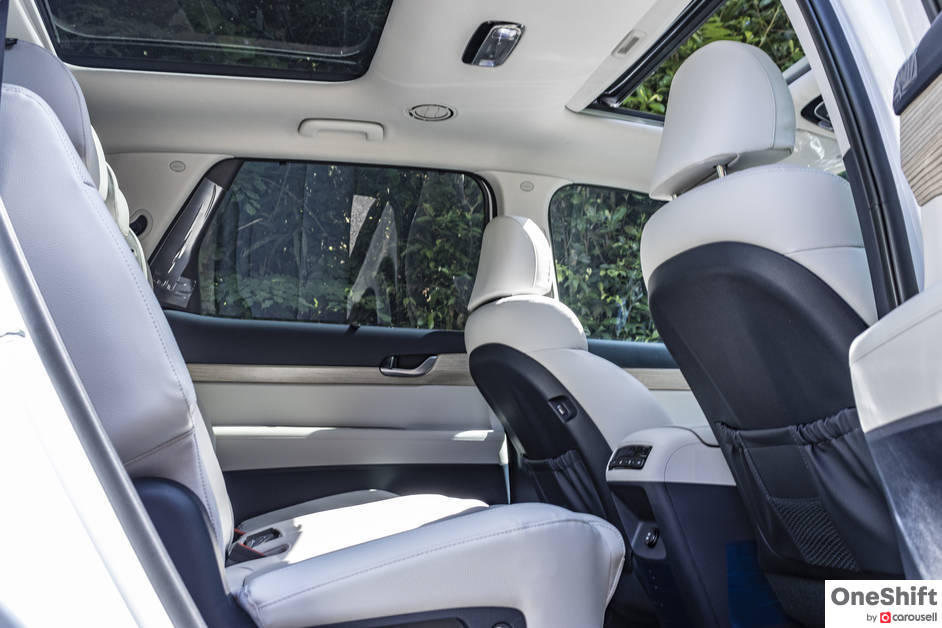
Rolling the middle row seats forward to gain access to the third, is easy enough for a pre-teen to handle, and your “Mini Mes” can grow with the car, even in the third row without compromise in legroom. If you do need to drop the rear seats to make more cargo space, there is a pair of seat release buttons in the boot, great if you are already huffing and puffing with your cargo. Since the rear seats lack electric motors, getting them up again requires you putting some back into it, to lug at a belt attached to each of the seats.
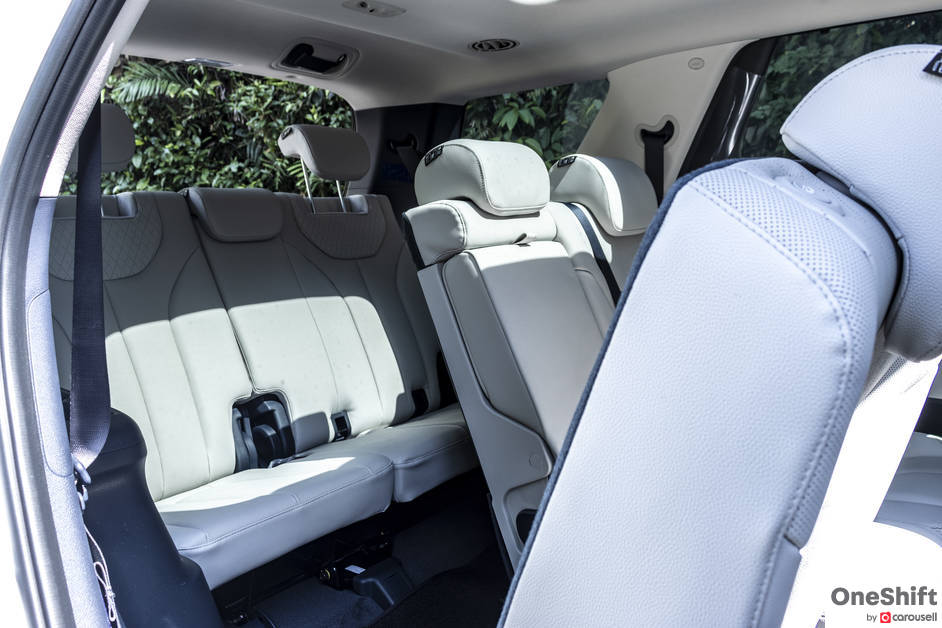
Cargo space is anywhere from 311 litres with all seats deployed, 704 litres till the back of the middle row, and up to 2,445 litres with the middle row folded. While the cargo area offered with all the seats deployed is decent, the KIA Carnival does way better, with 627 litres readily available with all its seats deployed.
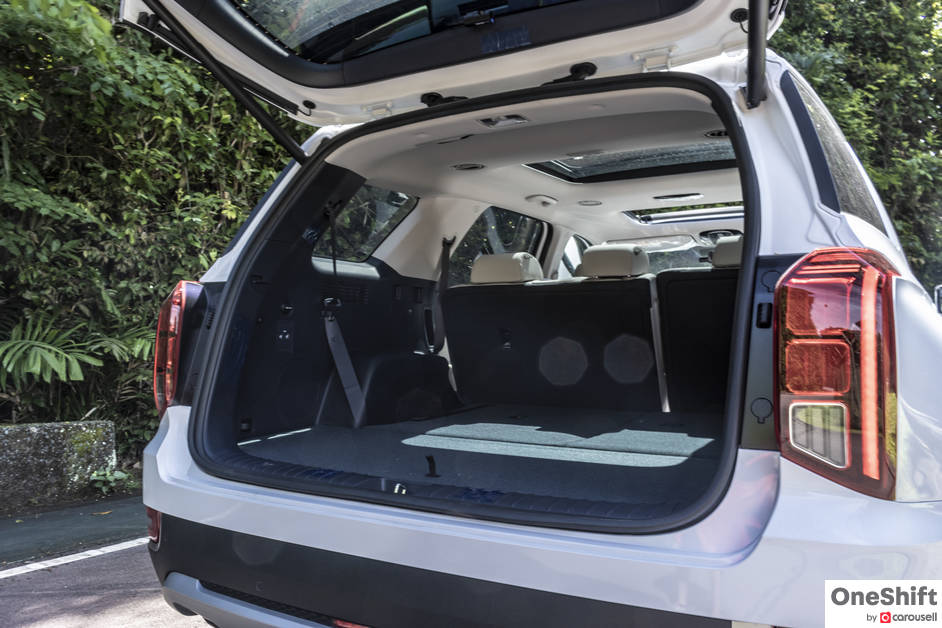
The Drive
Just one power option is available, a three-and-a-half litre port-injected, natural breathing V6, which develops 247bhp and 336Nm, matched with an 8-speed automatic. In a time where “right-sized” force-fed engines have become a norm, the smooth and linear delivery from an NA engine is quite a welcome treat… though you will expect to pay a handsome sum for your road tax.
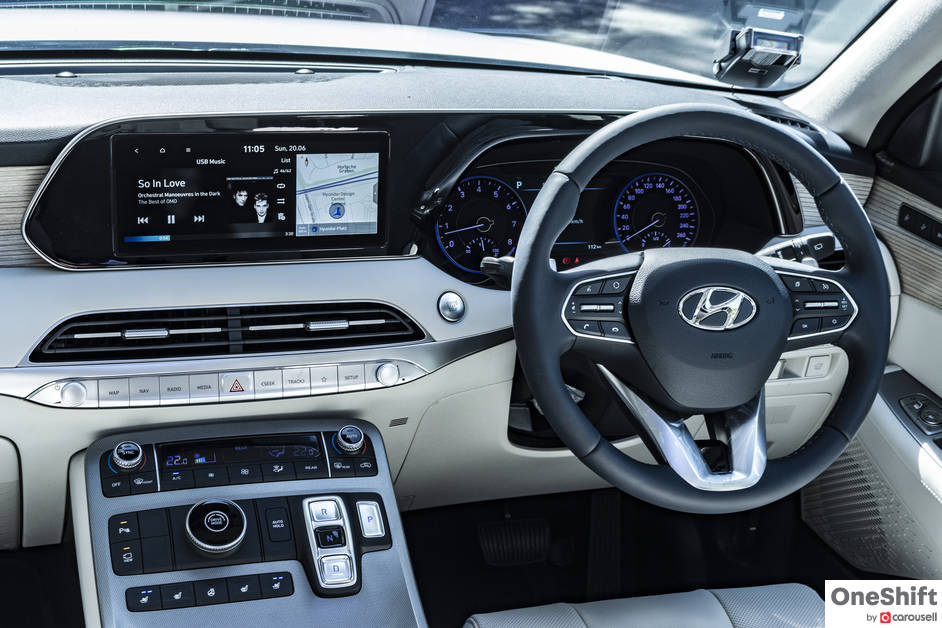
Fuel economy is also not spectacular, with an average of around 10km/l, and in heavier start-stop traffic, you can be very sure that you will be hitting sub-tens.
The V6 produces fairly enough grunt for our mostly flat roads and mild inclines, while lugging around close to two tonnes of its own weight. If you are heavy footed at the lights, the car’s front-driven architecture, coupled with its substantial mass will result in you chirping the driving wheels quite often.
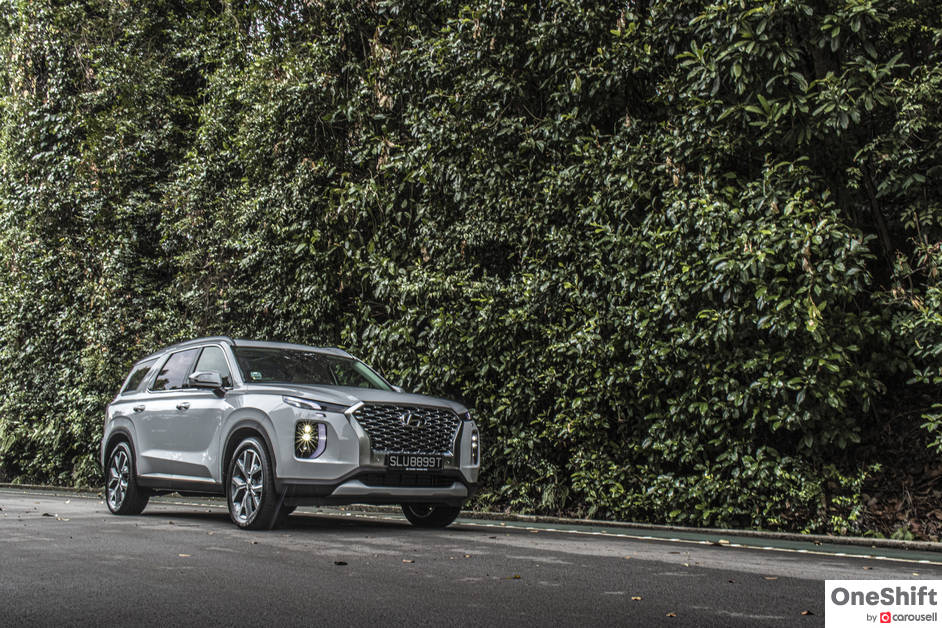
Other than the slight disadvantage with initial traction, the Palisade’s suspension, tuned to deliver a pleasantly comfortable ride, means that long days in the car are not going to be much of a chore. I was quite surprised when switching from one turn to the next, the Palisade feels confident (for its size), and has good road manners (again for its size). Interior insulation is also well-thought through, with only a faint engine note entering the cabin.
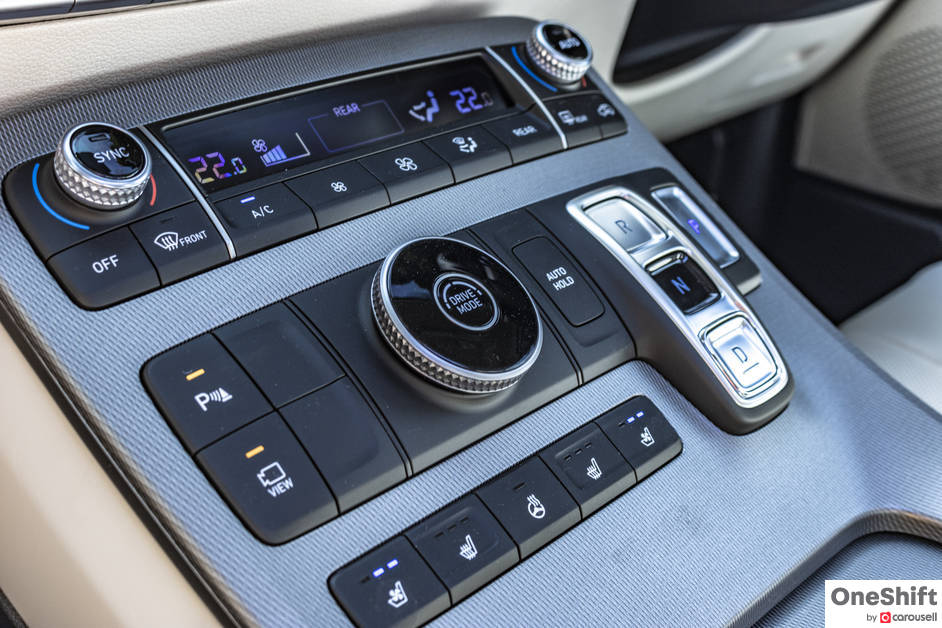
To make driving Hyundai’s biggest SUV even easier, the Palisade has some clever little bells and whistles. My favourite one here is the Blind View Monitor (BVM), that displays the corresponding blind area beside the car on the 7” TFT screen between the dials, when you flick on your turn signals. There are other safety goodies too, like Rear Cross Traffic Collision-Avoidance Warning (RCCW), which makes backing out onto a road safer, and Safe Exit Assist (SEA) which prevents the rear doors from opening if there is an on-coming vehicle… an important feature, especially if you have kids.
Our Thoughts
It is very clear from the onset, that the Palisade is intended for a different world, one where NA V6 engines are normal and considered rather tiny.
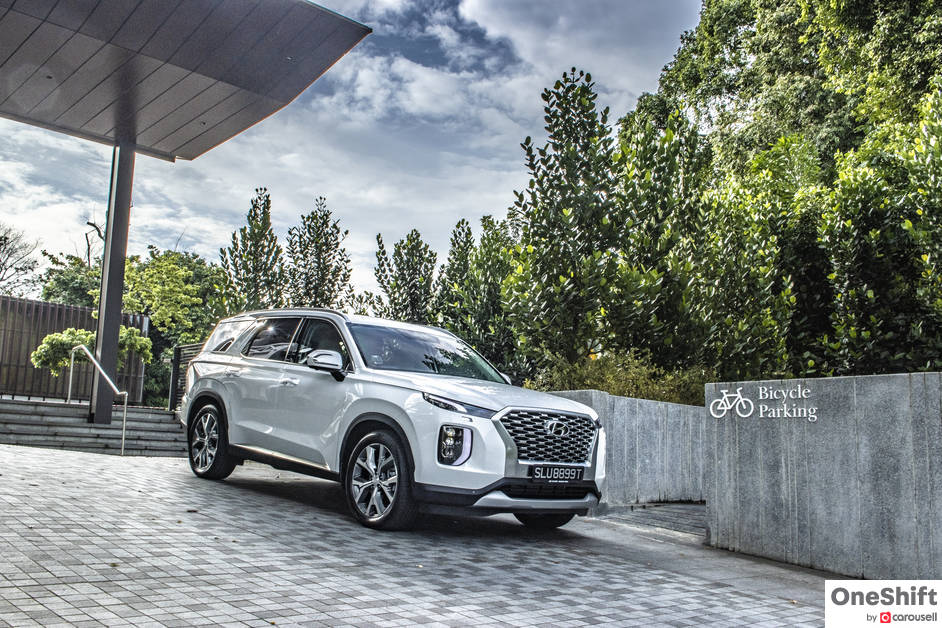
Over in Singapore, Hyundai’s midsize SUV will still find its fair share of buyers. An off-road-inspired non-luxury people mover, with just about all the luxury and safety trappings you would expect from something in the same-size luxury segment.
In Summary
We Like A very good attempt from Hyundai. Smooth drive. Well equipped. Interior packaging.
We Don't No fault of the car, but expect to shell out plenty of road tax money. FWD drive architecture and slippery slopes do not mix. Interior, though it is well-built, does feel “American Car” plasticky.
Verdict A comfortable, smooth-driving people mover loaded with plenty of comfort and safety features.
